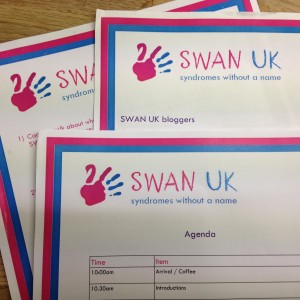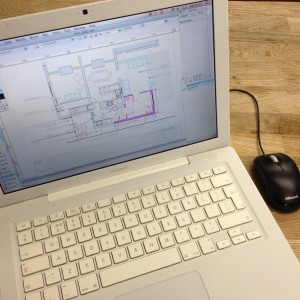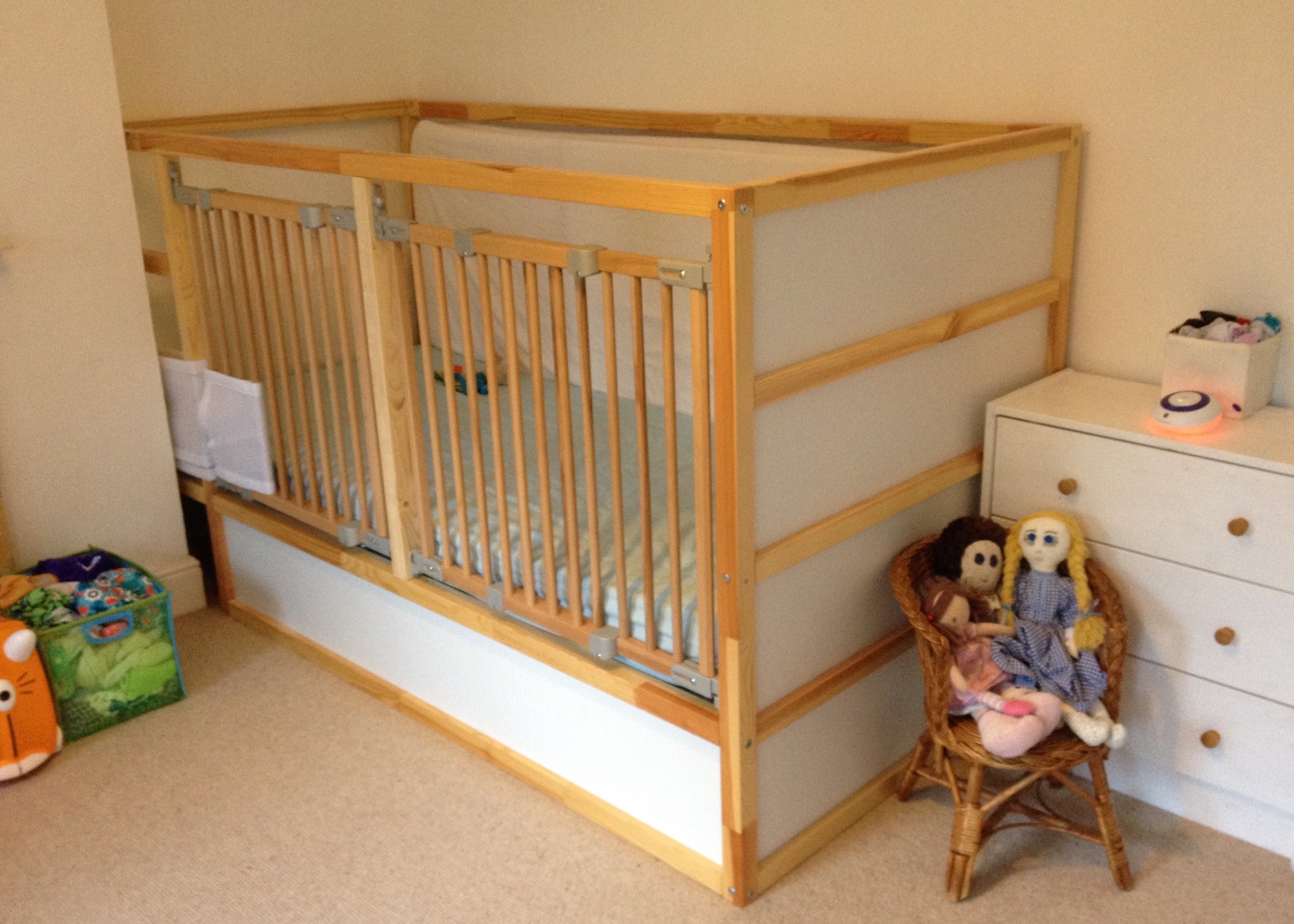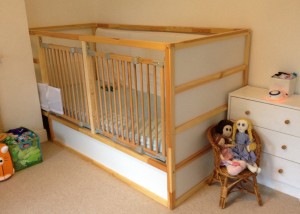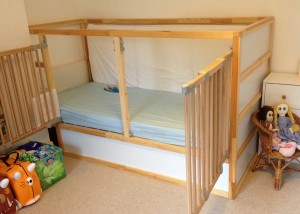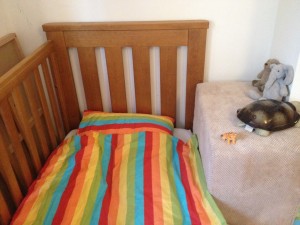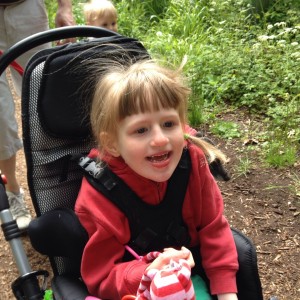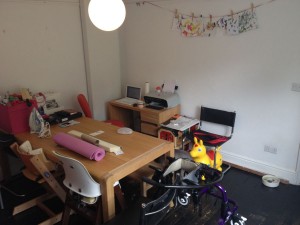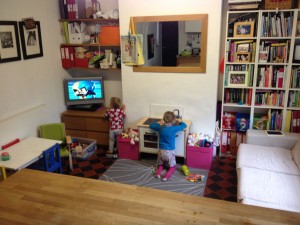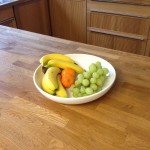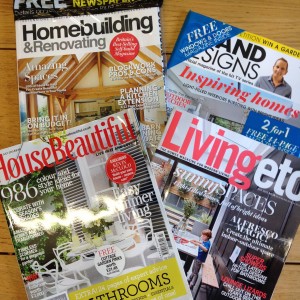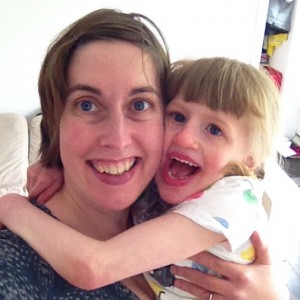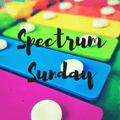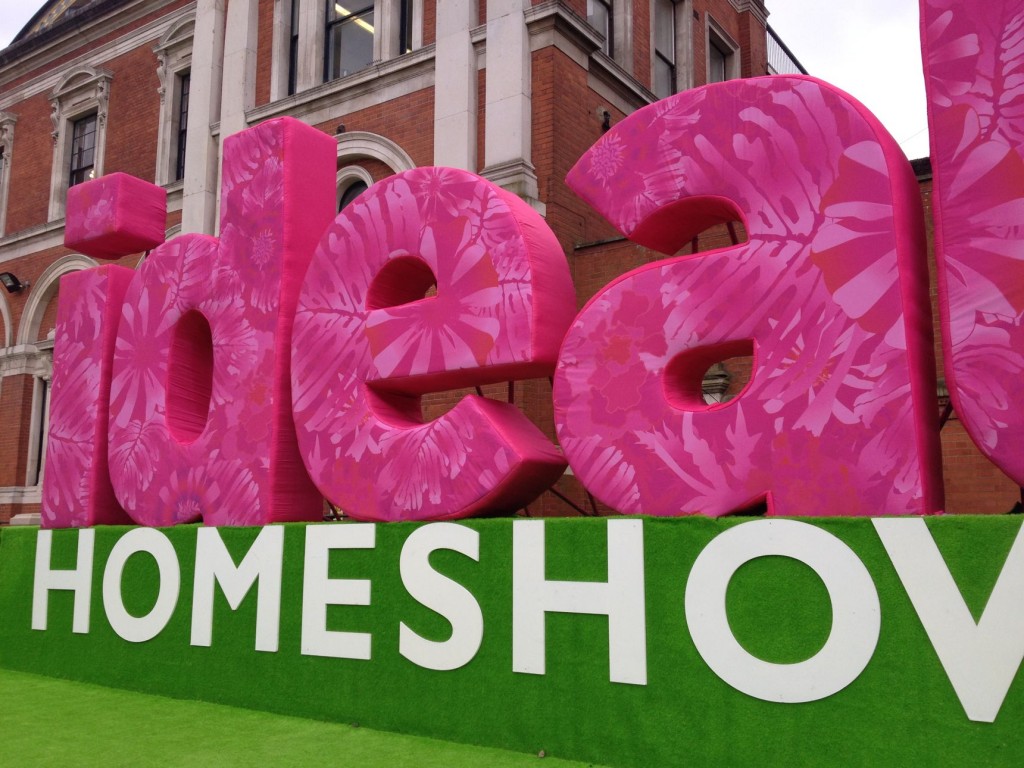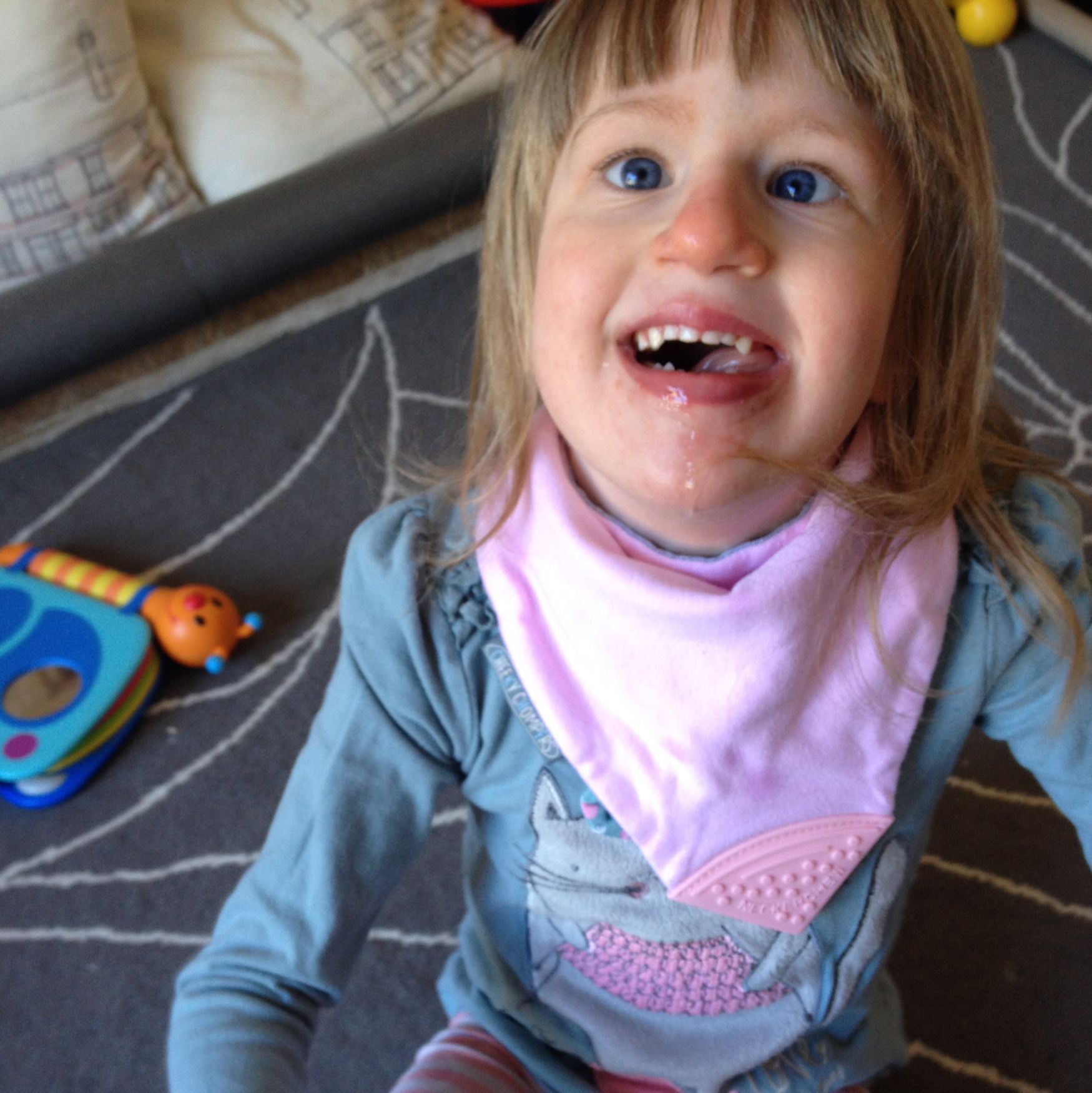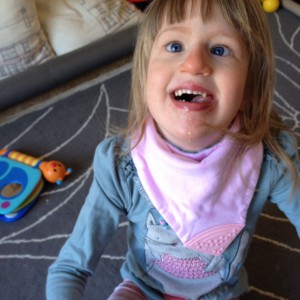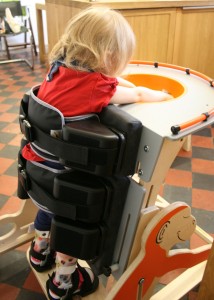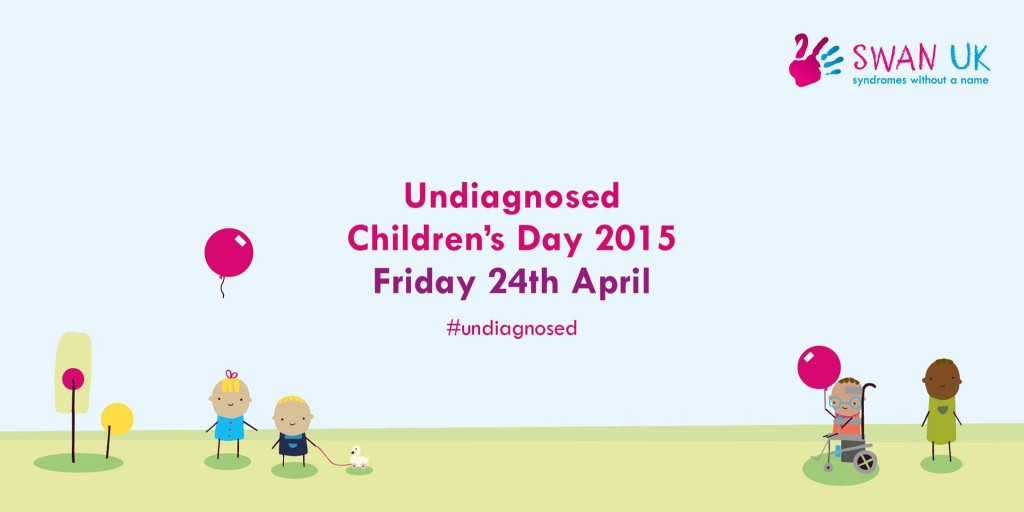Last week we had a ‘family day out’ to the Kidz to Adultz in the Middle exhibition ( #K2A ) at the Ricoh Arena, in Coventry, run by Disabled Living.
 It’s a bit of a trek for us (about 1.5/2 hours), but there just isn’t anything else quite like it closer to home (…..if only there was a Kidz East – hint hint!!).
It’s a bit of a trek for us (about 1.5/2 hours), but there just isn’t anything else quite like it closer to home (…..if only there was a Kidz East – hint hint!!).
It’s a little like an Ideal Home show for mobility and independent living equipment, gadgets, accessories & services! – an opportunity to see (and try!) a whole load of equipment and products that you can normally only trawl though google to find (from sensory toys to motability cars). There are also stands from loads of support and funding organisations and charities, and clubs doing demos of activities to try out (wheelchair basketball, music groups….).
It’s the 3rd year we’ve been.
On our first visit, Twinkle was just 3 years old and we were just beginning to grasp the extents of her disabilities and getting a feel for what support she would need. That 1st visit was really just a reccy, we didn’t know what to expect or what we’d get out of the day. It was a bit overwhelming at that stage and we were pretty unfocussed, but we did find it really informative and it opened our eyes to the range of products and services available. This year and last we were more prepared and went along with a few specific priorities, in addition to a general wander around to pick up new info and ideas.
This year our focus seemed to be ‘getting out and about’: off-road wheelchair/buggies, walking aids and bikes.
Twinkle does already have a walking aid, but she has a tendency to lean into any support that she’s given and so she likes to swing & hang in the harness of the one she has, and hop along rather than step. I’m not sure we found an ideal alternative at the show, but we did get a better idea of the variety of options, and tried one that seemed a better style for her, so we’ve arranged for the supplier to come and meet her physio and see where we go from there. This is something that may be funded for her (on loan) by the Local Authority, to replace the one she has, for use at home and school.
EJ does also already have a buggy on loan from wheelchair services, and has in fact just been reassessed for a new wheelchair (which we hope to have in a few weeks time!). Her new wheelchair should be great for day to day use, giving her the correct postural support and designed for use in a wheelchair accessible vehicle, however it’s not something that we can use ‘off pavement’ for walks on uneven paths in the woods – and EJ LOVES going to the woods and being in the natural (sensory) world. We are therefore interested in seeing what options are available for a ‘recreational’ chair. The Rolls Royce of all-terrain chairs seems to be the Delichon, and we did love it! Especially as it can also be used as a tagalong with a bike (so it hits 2 of our 3 targets!)…. but it’s a little (erm…a lot!) on the pricey side (!!!). It was fantastic to actually see it, for EJ to try it, and for us to push it, and will give us food for thought about whether it’s something we want to pursue for her.
And that brings me onto bikes. I had a lovely chat with the lady at the Cycling Projects stand. A fab charity who support various centres across the UK to run cycling sessions for people with special needs and disabilities. As a family we love cycling and we currently have a mainstream family trike (a Zigo Leader). However EJ will be outgrowing the trike in a year or two and, as we’d love to continue to cycle as a family and also (if possible) cycle to commute with EJ to school, we are starting to gather ideas about what biking options we have for the future. Cycling Projects have a wealth of knowledge about adapted bikes and gave me some new ideas to research, plus suggested I get in touch with their local partner centre to try some of their bikes and help us fine tune our specification – something I’ll definitely be following up!
It was lovely to meet in person some contacts at various stands that I’ve come across and ‘met’ online, with who share my passion about finding, designing and/or developing inclusive & accessible products with style! I’m hoping to keep in touch with, and perhaps meet up with, a few of them over the coming months.
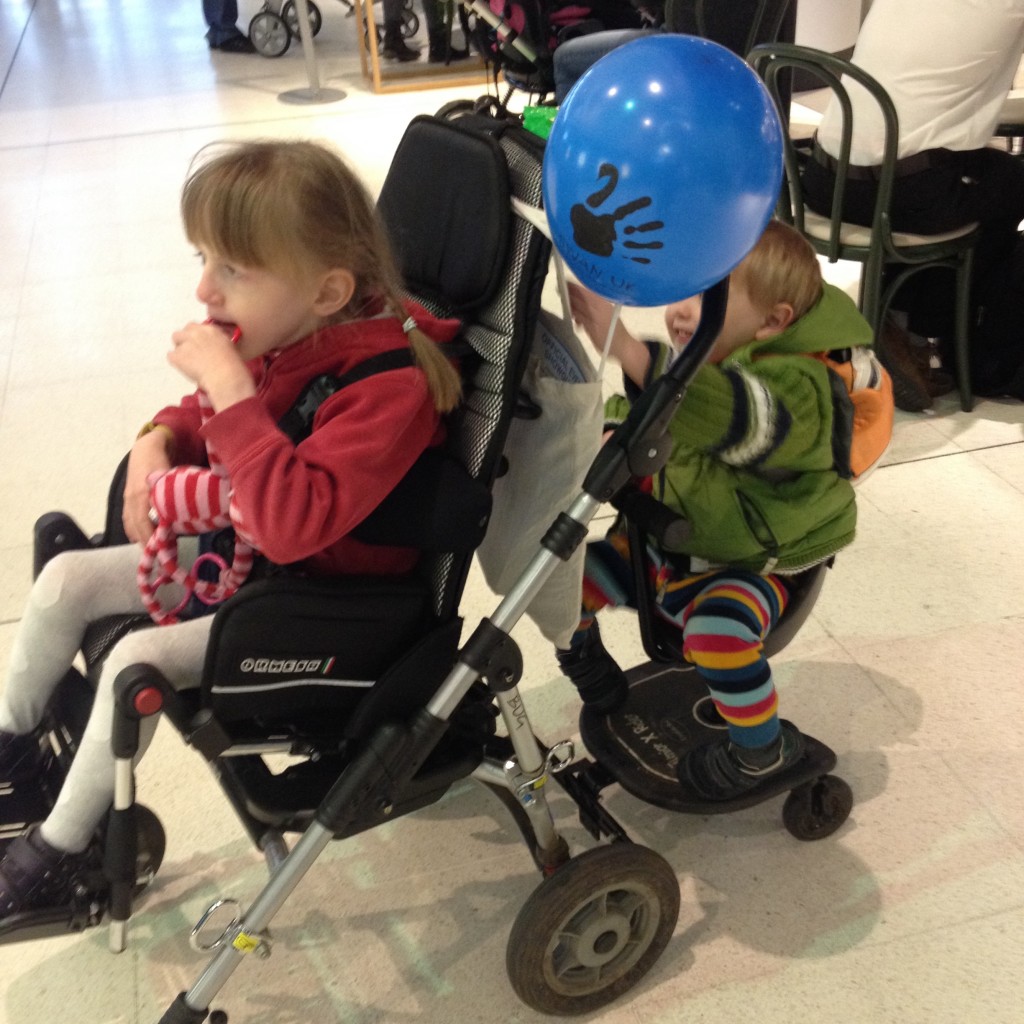
We also swung past, said hello, had a quick photo op and acquired a balloon from our lovely friends at SWAN UK – the fantastic support charity for families of children with undiagnosed conditions (like our Twinkle!).
I did however manage to miss all the seminars – including one on adapted housing that I’d really hoped to attend! Too much to see, combined with keeping two small children from getting too bored makes time fly!
In order that me and EJ & EWs Dad could split up at times (and incase I did actually manage to go to the seminars and leave Dad and the kids in the main hall) we brought our buggy board for EW. The buggy board is one of my ‘finds’ from posting something like “How do you getting about with child in a wheelchair and a younger sibling?” to the goldmine of information that is an internet forum of parents of disabled children! I had loads of great suggestions (including baby and toddler carriers which are another of our go to options), but we loved this buggy board. It’s a Junior X Rider which has a little removable seat attachment and an adjustable connector which allows it to fit to different styles of wheelchair/buggy. We had quite a number of looks and several people came over an asked us about it – reinforcing to me that there’s definitely a need for spreading the word about good inclusive and accessible products!
A tiring but definitely a worthwhile day out!
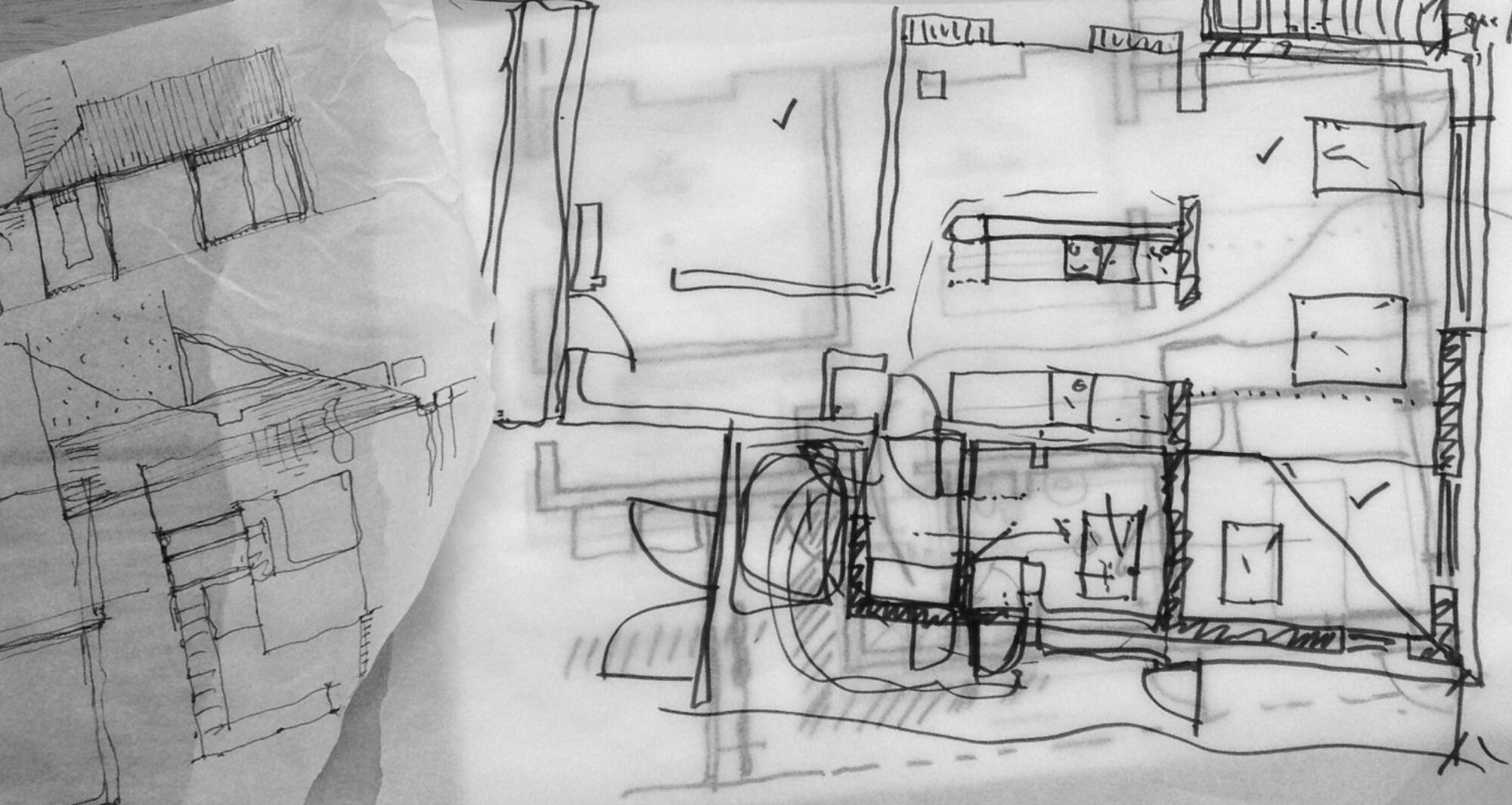


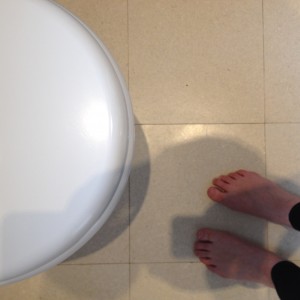 The
The 
